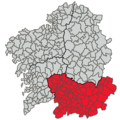Atlas of Galicia
- See also: Category:Galicia (Spain), Galicia (España).

|
Wikimedia Commons Atlas of the World The Wikimedia Atlas of the World is an organized and commented collection of geographical, political and historical maps available at Wikimedia Commons. Discussion • Update the atlas • Index of the Atlas • Atlas in categories • Other atlases on line |
|
| ||||||||||||||||||||||||||||||||||||||||
General maps

|
Galicia |

|
Map of Galicia |
- Provinces of Galicia (location maps)
-
Province of A Coruña
-
Province of Lugo
-
Province of Ourense
-
Province of Pontevedra

|
Linguistic map |

|
Detailled linguistic map of Galicia |

|
Percentage of Galician speakers |

|
Population density in Galicia |
History maps
This section holds a short summary of the history of the area of present-day Galicia, illustrated with maps, including historical maps of former countries and empires that included present-day Galicia. ====Early history====Languages of SpainLanguages of Spain.svg.svg

|
Palaeolithic art |
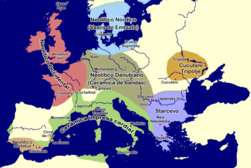
|
Neolithicum in Europe 5th millennium BCE |

|
Europe in ca. 4500 BC-4000 BC |

|
Europe in ca. 4000 BC-3500 BC |

|
Beaker culture |

|
Extent of the Beaker culture (ca. 2800 – 1900 B.C.) |
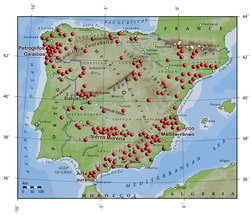
|
Pre-historic art in Iberia |

|
The Iberian Peninsula (Spain and Portugal) in the bronze age |
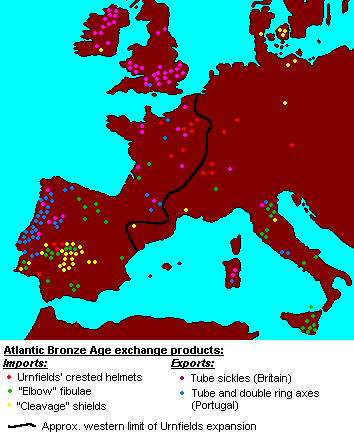

|
Ethnographic Iberia 200 BCE |
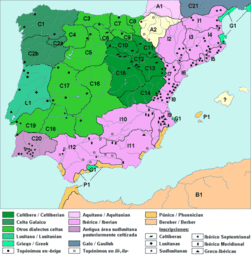
|
Prehispanic languages and tribes |
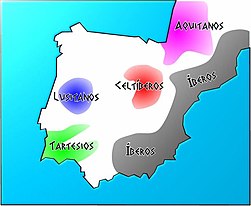
|
Prehispanic languages |
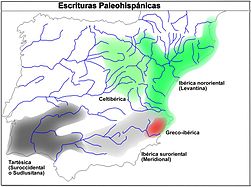
|
Paleohispanic writing systems excluding proper Lusitanian |

|
Possible extent of (proto-)Celtic influence 800-400 BC |

|
Celts in Europe |
| Celts in Iberia (200 BC) |
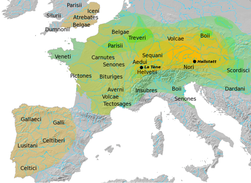
|
Celts: Hallstatt (yellow) and La Tène (green) cultures |
The Romans

|
Territorial development of the Roman Empire 264 BC-192, including the conquest of present Spain |
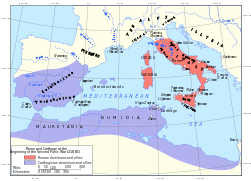
|
The Roman Republic and Carthago in 218, just prior to the Second Punic War |

|
Hannibals invasion in the Punic Wars |

|
Roman Republic 100 BCE |
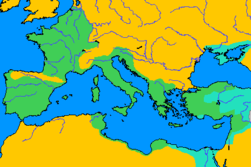
|
Map of the Roman Empire in 50 |

|
The extent of the Roman Republic and Roman Empire; 133 BC 44 BC (late Republic, after conquests by republican generals) AD 14 (death of Augustus) 117 (maximum extension)
|

|
Camps of the Roman Legions in 80 |
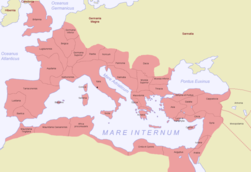
|
Map of the Roman Empire in 116 |

|
Roman Empire in 117 |

|
Hispania under Octavio César Augusto (29-19 a. J. C.), after the Cantabrians Wars |

|
Hispania under Dioclecian, 293 AC |

|
Roman provinces in Iberia |

|
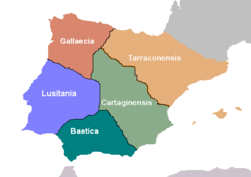
|

|
Roman Empire divided 395 |

|
The division of the Empire after the death of Theodosius I, ca.395 AD superimposed on modern borders. |

|
Western Roman Empire 395 |
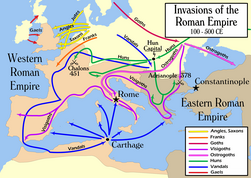
|
Invasions of the Roman Empire 100-500 |

|
Invasions of the Roman Empire 100-500 |

|
Division of the Roman Empire in 406 |
The Visigoths

|
Iberian Peninsula Around 560 AC |
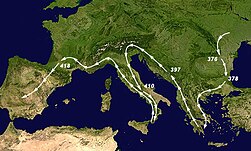
|
Visigoths migrations |
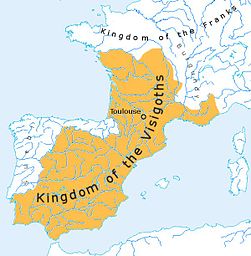
|
Kingdom of the Visigoths |

|
Spain in 564 |

|
Visigoths and Sueves |

|
Kingdom of Suvean Galicia |
Muslim Iberia and the Christian countries

|
Conquest by the Caliphs |
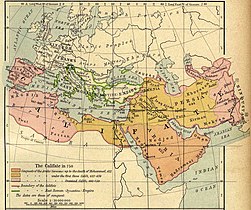
|
Caliphate around 750 |

|
Europe in 814 |

|
Empire of the Almoravides (in Spanish) |

|
Empire of the Almoravides (in English) |
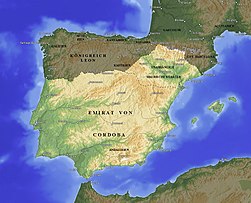
|
Emirate of Cordoba |

|
Emirate of Cordoba |
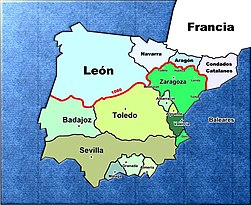
|
Taifas in 1080 |
Reconquista

|
The Reconquista |

|
The Reconquista |
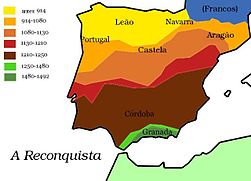
|
The Reconquista |
United Spain

|
Habsburg Empire in 1547 |

|
Routes of the Armada against Britain and the Netherlands |

|
Europe under Napoleon |
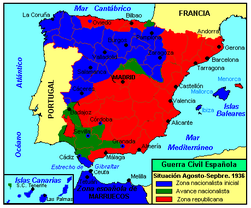
|
Civil War in 1936 |
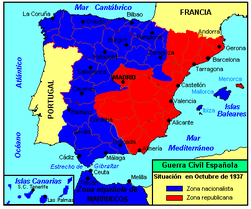
|
Civil War in 1937 |

|
Civil War in 1938 |
| Civil War in 1939, White: Spanish Republic Grey: Fascist |
Old maps
This section holds copies of original general maps more than 70 years old.

|
Mapa del Reyno de Galicia, 1784 |

|
Spain in 1905, Bibliothek allgemeinen und praktischen Wissens für Militäranwärter Band I, 1905 |
Ethno-linguistic maps

|
Languages of Spain:
Galician, official
Astur-Leonese, unofficial
Spanish, official
Aragonese, unofficial
Catalan, official
Occitan, official
Basque, official
|

|
Languages of Spain and dialects of Castillian |
Other maps

|
ecclesiastic division map o Galicia |

|
Density of population |

|
Foreign population |

|
Main agglomerations in Spain |
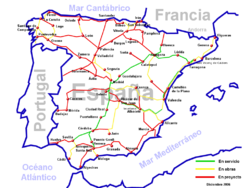
|
The AVE Hight speed Railway Network |
Notes and references
|
General remarks:
|




